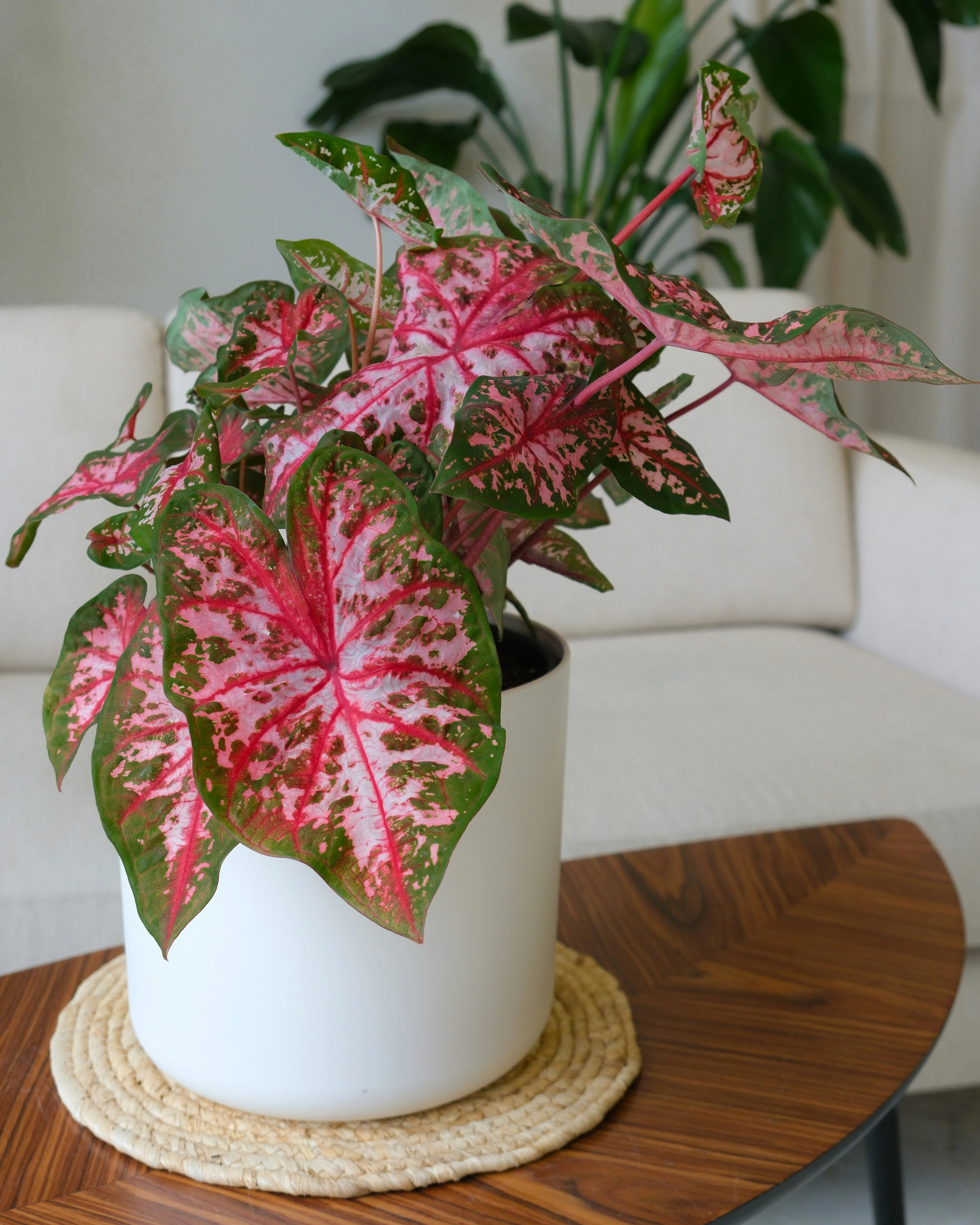Have you ever wondered about the kaleidoscope of colours that adorn the plant kingdom? From the soothing greens to the vibrant purples and pinks, each hue paints a unique picture in the world of flora. But what drives this mesmerizing array of colours, especially during the fall season when leaves transform into a breathtaking palette of reds, yellows, and oranges?
Let’s decipher the secrets behind the spectrum of leaf colours.
Understanding Leaf Coloration:
Before we uncover the specific causes behind the diverse hues of leaves, it’s crucial to grasp the pivotal role of pigments in shaping leaf coloration. Chlorophyll, the primary pigment responsible for the verdant green hue of leaves, plays a fundamental role in photosynthesis – the process by which plants harness light energy to produce food. However, leaves harbor an assortment of pigments, including carotenes and anthocyanins, each contributing to their distinct colors.
Factors Influencing Leaf Coloration:
Numerous factors influence the depth and diversity of leaf colors observed in nature:
A) Genetics: The genetic blueprint of plant species dictates their inherent ability to produce specific pigments and exhibit particular coloration patterns.
B) Seasonal Changes and Environmental Conditions: Transition from summer to fall or environmental factors such as temperature fluctuations, sunlight exposure, soil moisture, and nutrient availability profoundly influence pigment synthesis and leaf color development.
Let’s delve into the intricacies of leaf coloration influenced by these factors:
A) Genetics:
Diverse pigments like carotenoids and xanthophylls impart leaves with captivating shades ranging from deep reds to violets and browns.
The enchanting pink hues seen in plants, alongside purples, reds, and blacks, owe their existence to a group of plant pigments known as anthocyanins.
But, does that mean they cannot photosynthesise?
Despite the prevalence of these pigments, photosynthesis continues to occur within leaves as chlorophyll is still present in those leaves. The dominance of carotenoids, xanthophylls, or anthocyanins may alter leaf coloration, yet photosynthetic activity persists.
B) Seasonal Changes and Environmental Conditions:
Green Leaves: Throughout the growing season, chlorophyll masks other pigments, lending leaves their signature green hue by absorbing blue and red light while reflecting green light.
Yellow Leaves: As autumn sets in and temperatures drop, declining chlorophyll levels unveil carotenoids, which imbue leaves with striking yellow, orange, and red hues. These pigments not only contribute to photosynthesis but also shield leaves from excessive light.
Red and Purple Leaves: Anthocyanins, soluble pigments found in leaves, intensify in response to environmental cues like light intensity and temperature fluctuations. Their presence gives rise to the rich reds, purples, and blues observed in autumn foliage, serving as a protective mechanism against stressors.
Brown Leaves: As leaves near senescence, chlorophyll degradation leads to the accumulation of tannins and other compounds, resulting in the brown coloration typical of withering foliage.
The next time you find yourself captivated by the myriad hues of plant foliage or the subtle shifts in leaf coloration across seasons, take a moment to marvel at the intricate beauty of nature’s canvas. Whether it’s the verdant greens of photosynthesizing leaves or the fiery reds of autumnal maples, each color tells a captivating tale of plant biology and ecological dynamics.
For those eager to delve deeper into the fascinating realm of plants and their care, consider exploring our beginner’s gardening course for invaluable insights and practical knowledge.
